I saw my first stars in Antarctica several weeks ago. It was 2am, and while we had increasingly dark nights leading up to that evening, this one was particularly cloudless. I had to stop on my way back from Gallaghers to just take it in. After two summer research seasons down here, where the closest thing you know to dark is thanks to black-out curtains, it was an incredible sight and in my mind marked the start of winter. Almost every night since, I have stared out the window at the pulsing lights of the Phoenix runway markers, off in the distance… Pending good visibility of course.
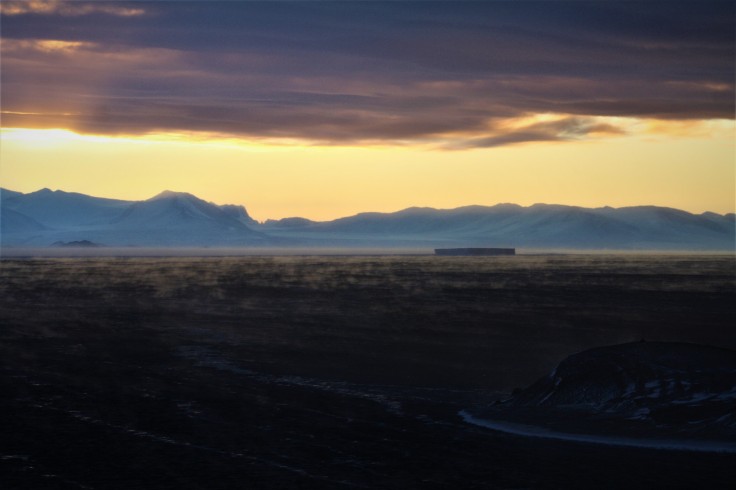
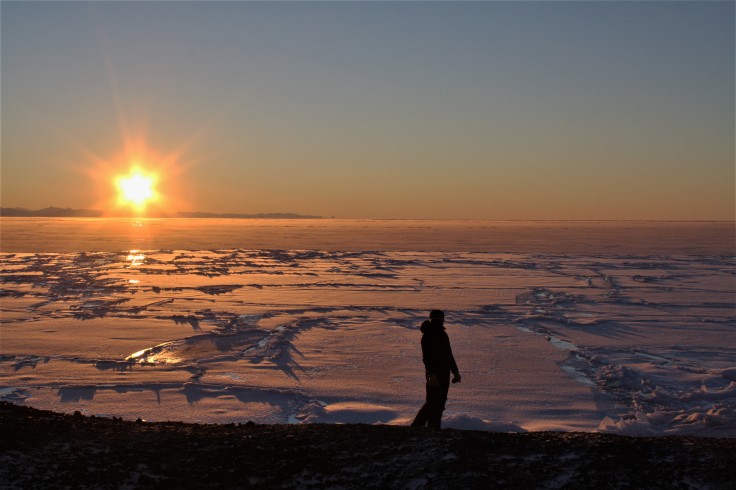
Starting in late February, as the mainbody population heads north, so does the sun. Starting with sunsets that barely break the horizon, we watched the sunset move further and further north up past the Royal Society Mountains, and happening earlier and earlier each night. The beautiful colors of red, orange, and purple have been stunning especially with the reflection of light on the water of McMurdo Sound. Sitting in the BFC eating dinner a few nights after that first star-gazing evening, a number of us couldn’t help but look out the window periodically to just take in the change in light as the sun continued its daily migration.
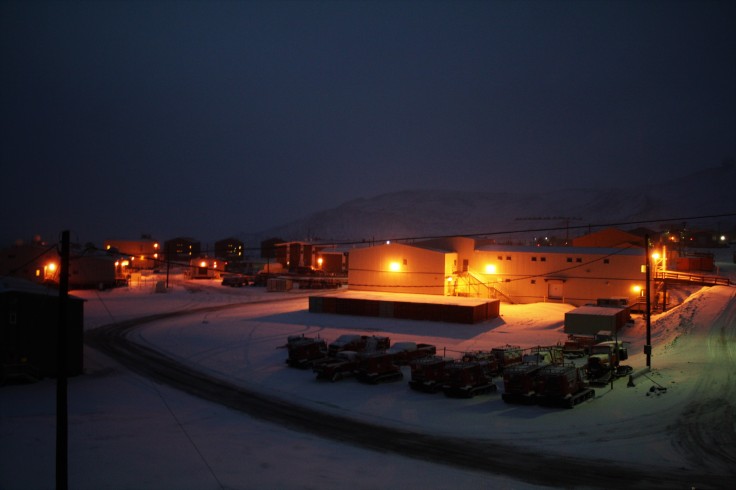
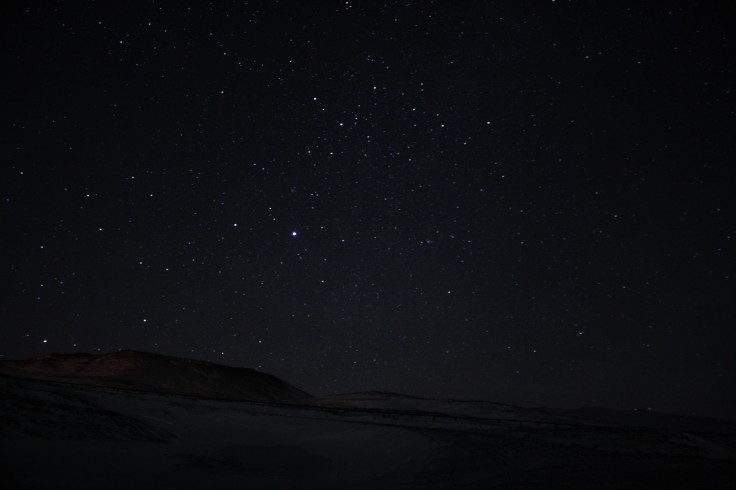
The most beautiful sunset was during a Search-and-Rescue training up near Castle Rock. The sun briefly came around the base of Mt Erebus, to the north, and slowly (yet noticeably) passed low across the sky, finally settling in to sleep somewhere along the sea ice of McMurdo Sound. We couldn’t help but pause and watch as the vibrant colors shifted by the moment.
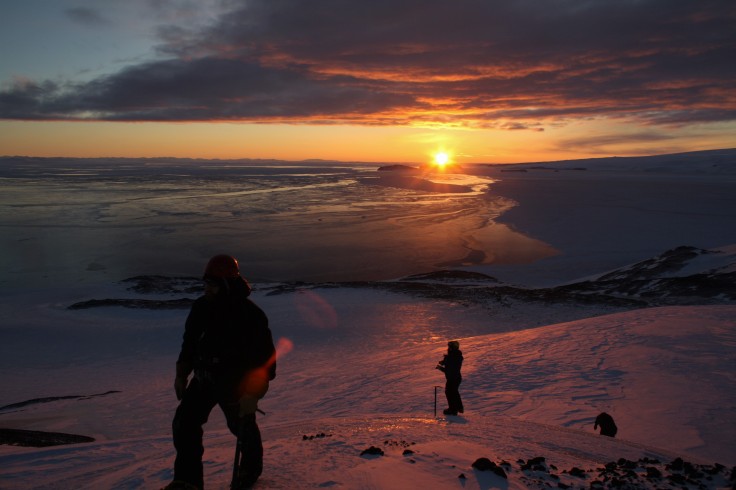
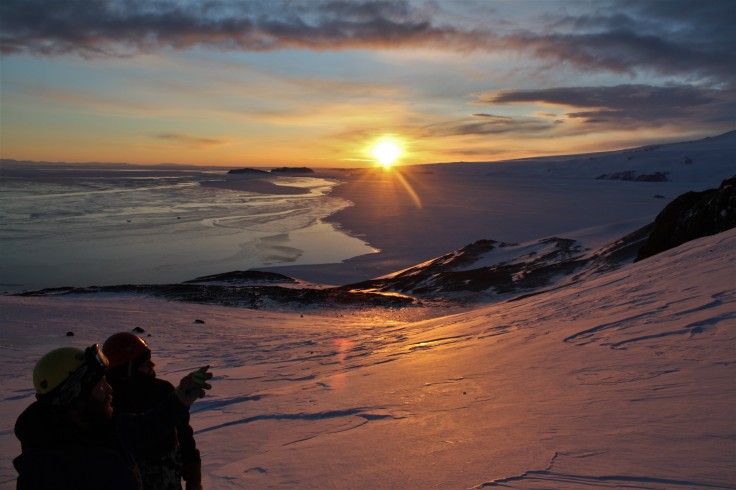
Mornings during the transition were a little less beautiful in my eyes, although i’ll admit that’s probably more due to a lack of coffee than anything. For the first time in months, there was no need to close our curtains and we wake up in the dark, and we got ready as the sky ever-so-slowly transitioned from an inky black to a darker grey. The wind had been very active in the mornings, and the walk to the galley often occured with my head down against the wind, noticing the light from the overhead outside lamps on the ground. Breakfast in hand (and pocket), the walk from the galley to the Fuels Barn maintained that stance and awareness of the pre-dawn darkness around. We were done with morning meeting, stretching, and our vehicles were warming up by the time you could say it was “light” out. And it was okay. I was actually looking forward to the change, and the challenge.
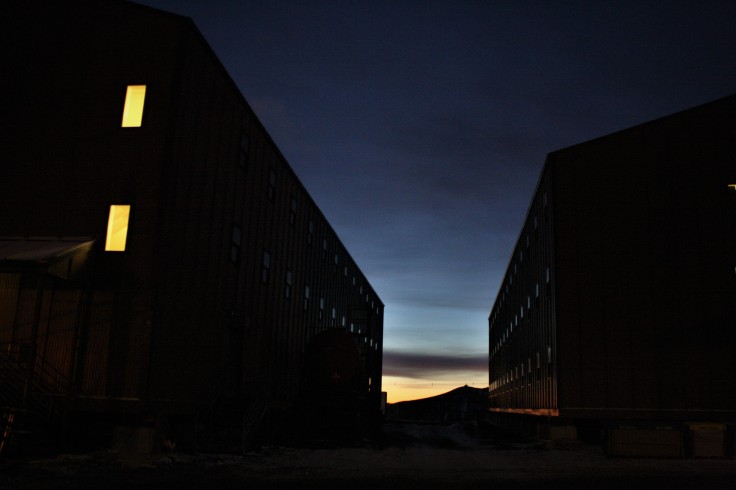
And a challenge it has been. As the light fell more and more through the day, we were very happy to take on Gracie’s sage advice of “embrace the headlamps early”. In the summer months, one doesn’t leave the barn without sunglasses and sunscreen. Now, leaving the barn without our headlamps and clear goggles would be foolish. But its been amazing. Working by headlamp, headlight, and flashlight really isn’t bad. In fact, I have enjoyed our twice-weekly bulk tank inspections (of which there are 14) much more under the beam of a bright flashlight, since your eye focuses on the light and the the rest of the million-plus gallon tank disappears into the dark. Not to mention the amazing frost line that gives an external visual as to how much fuel each contains. Driving onto the ice shelf to take fuel to Phoenix Airfield is pretty amazing as well. During the transition weeks, our drive was often illuminated by incredible lighting from the north, created by a multi-hour “sunrise” that never showed itself. Now that its dark 24/7, the only illumination on the drive out comes from the lights of Delta Liz, and an inky darkness beyond.
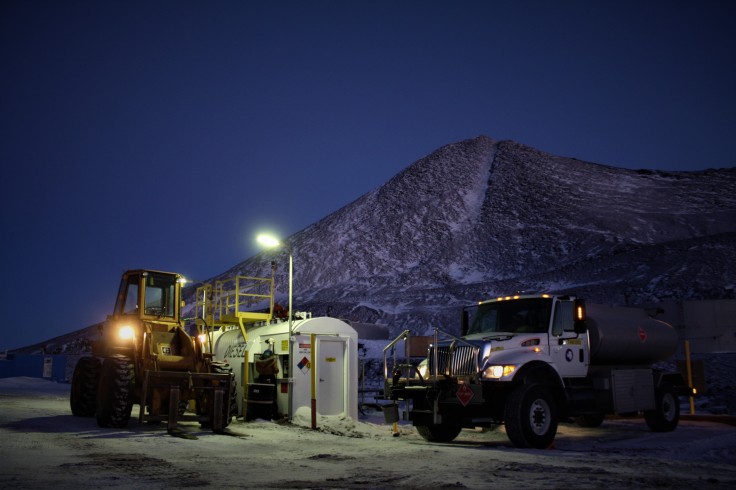
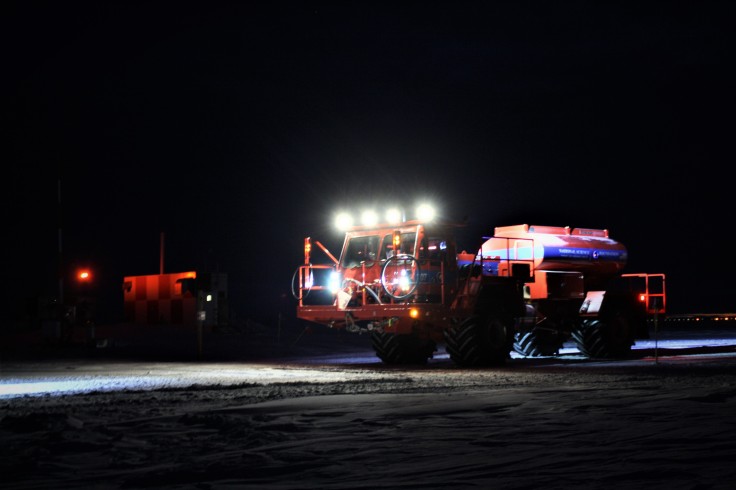
The dark skies have proved to be incredible. We’ve had several chances to see some amazing aurora australis displays, with one of the best aurora shows i’ve ever seen happening a couple weeks ago at three in the afternoon. The stars, when not obscured by high cloud cover, have been some of the clearest i’ve seen at sea level, only surpassed by the stars i’ve seen at over 10,000ft.
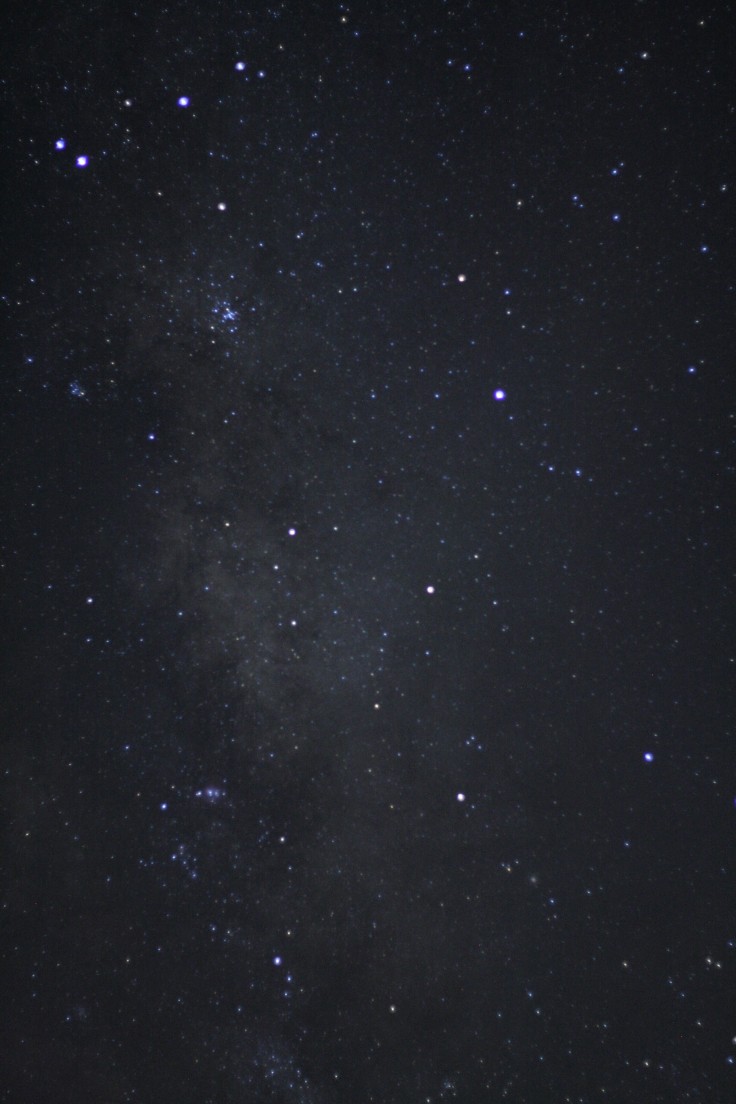
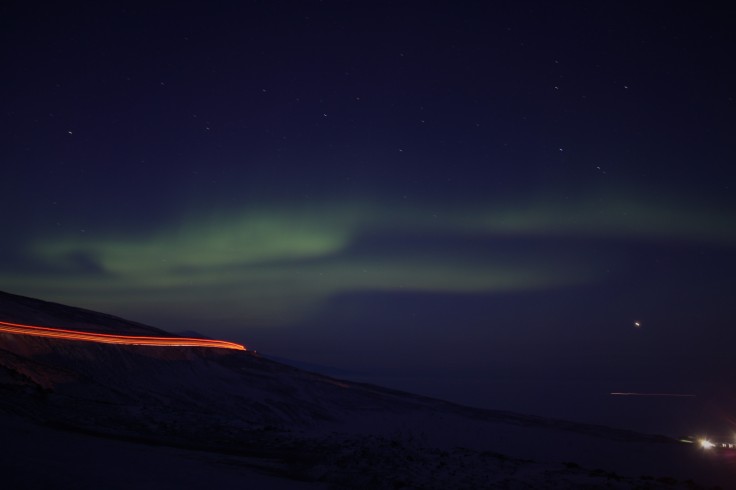
But it isn’t all beautiful stars and auroras. We’ve had a few good storms come through, and the darkness quickly adds a level of “fun” to that. Its amazing how quickly a little bit of fresh snow will turn into zero visibility with just the right amount of wind, taking away any sense of reference as to where you are. In town, if the NSF Station Manager calls a Con1, the SAR team heads out to put up the ropes between the dorms, 155/galley, medical, and the firehouse. We then stand by for any requested escorts. But it hasn’t been entirely uncommon for Jon and I to be out doing transfers during Con2, keeping McMurdo warm and powered. There’s nothing quite like dipping/temping a bulk tank with howling winds and low visibility… Oye.
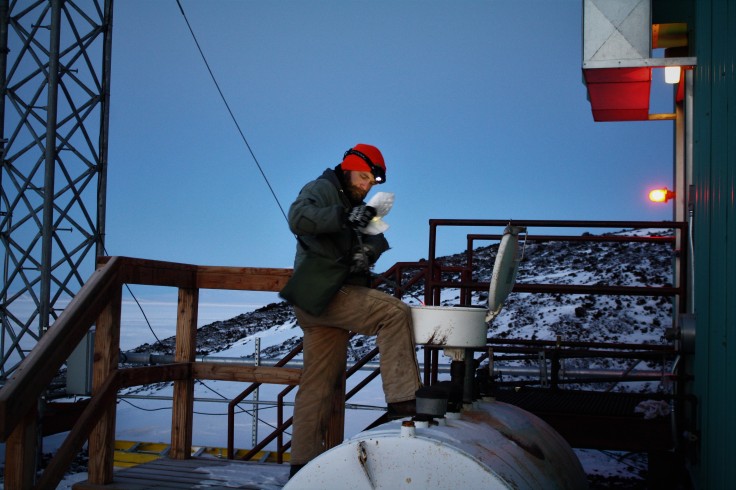
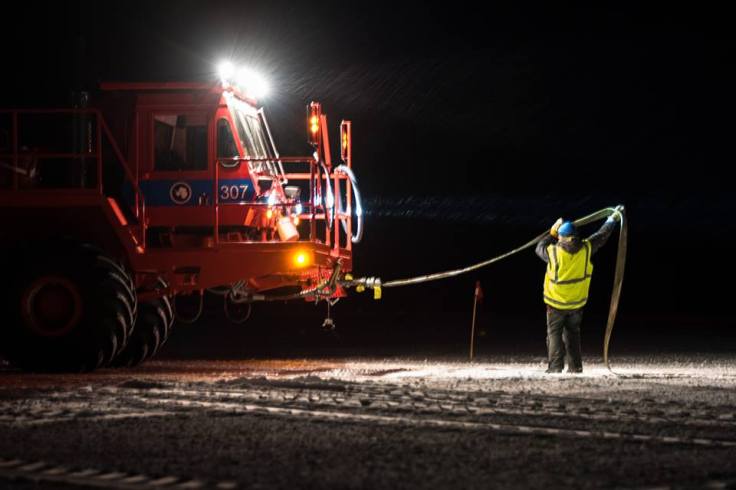
Things are wonderful though here in our little “village”. Up until Thursday’s flight, there were only 147 of us here at McMurdo, and a swap over of folks, dropped us to 139. A stark change from the several hundred that occupy the station during the mainbody research season. Life is simple, and off-work hours are generally occupied with short nearby walks, movies, games, and generally just hanging out with our friends. Pretty nice. Abby and I spent many evenings playing cards or putting together puzzles, doing crosswords, drinking wine, and enjoying eachothers company without the distraction of the bustling summer social scene. It was wonderful.
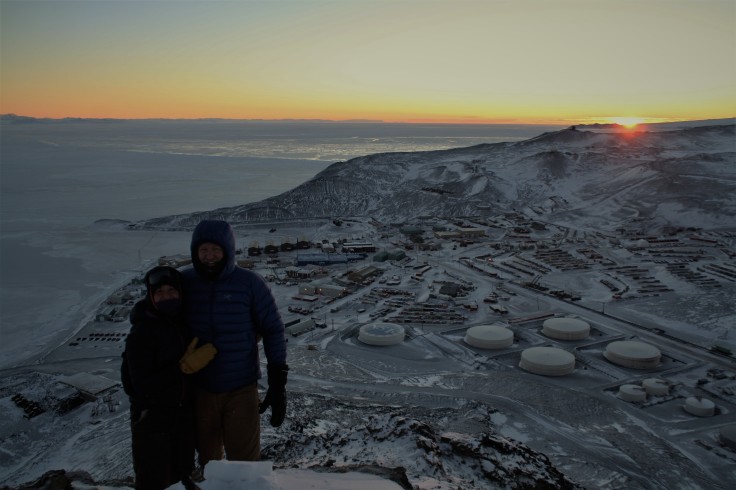
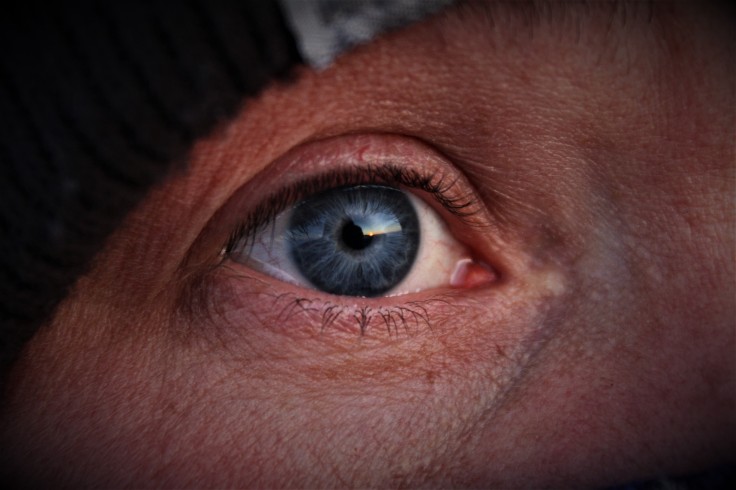
The June flight arrived, taking Abby and several other friends off ice, but leaving mail (yay!) and freshies (YAY!). Our first fresh fruit and vegetables and greens in several weeks. Although it should be noted that our galley wizards have somehow kept apples available up until now. Its very weird having bananas and grapes again during brunch, and it is incredibly welcomed. The flight itself was an amazing sight as the USAF C-17 came in under NVG (night-vision goggle) operations, requiring all of us at the airfield to be “lights-out”. We got the 100 miles out call, and everyone turned out building lights, vehicle lights, headlamps, etc and several people headed outside to watch the plane come in, just barely lit up with exterior lights as it made a pass over the runway, then circling back for another approach and landing on the ice. A cargo jet that size landing on ice has always impressed me, and doing it NVG was even more so.
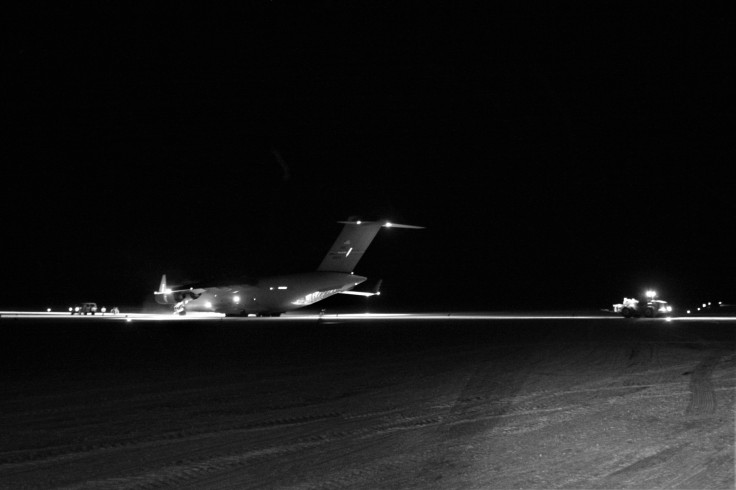
So with that departure, we start another 6 weeks until the next flight (which i’ll be on). Six weeks of stars and darkness, the moon and auroras, quiet and peace, and hard work and fuels. Game on.
MORE PHOTOS:
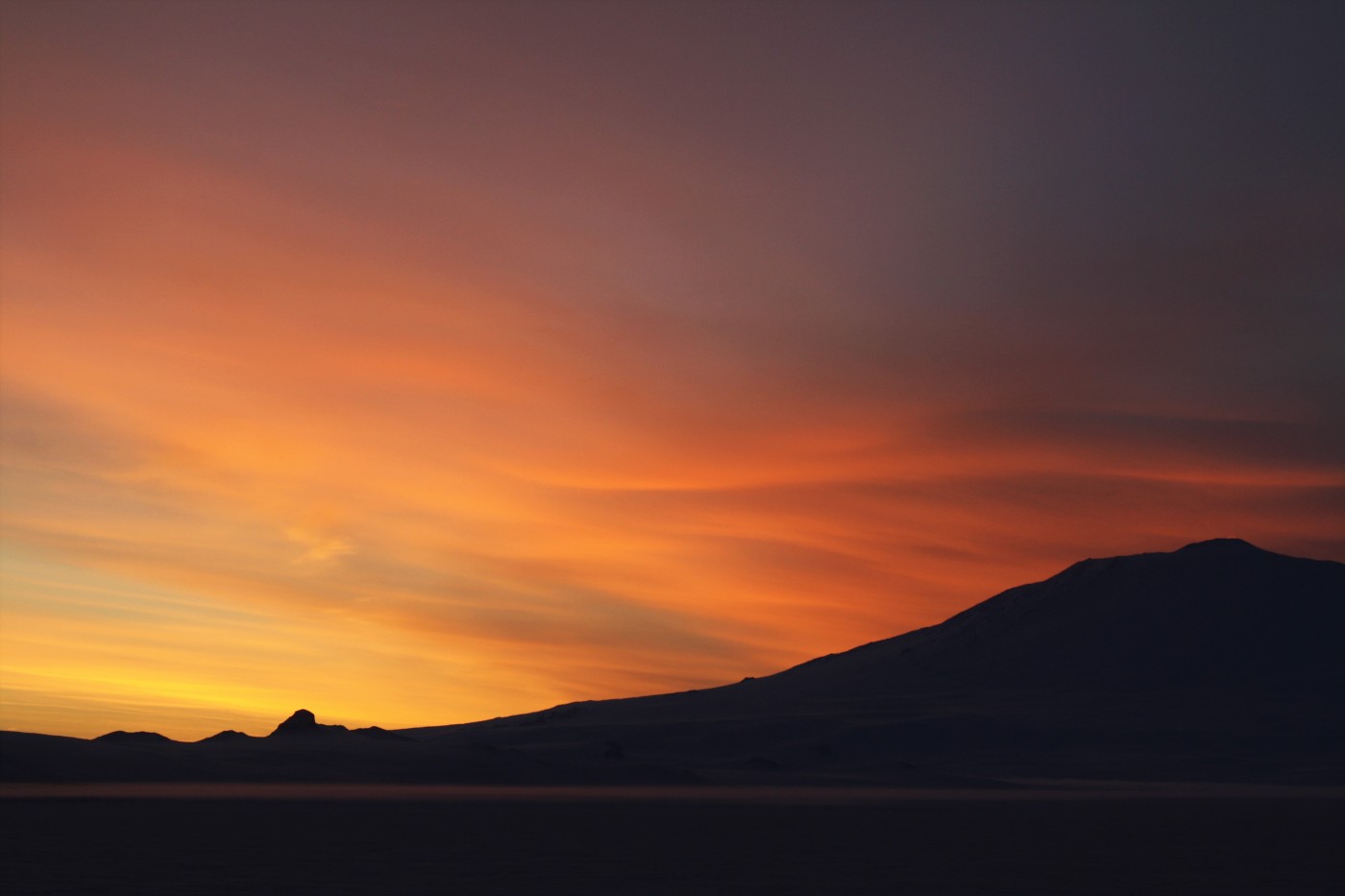






Leave a comment